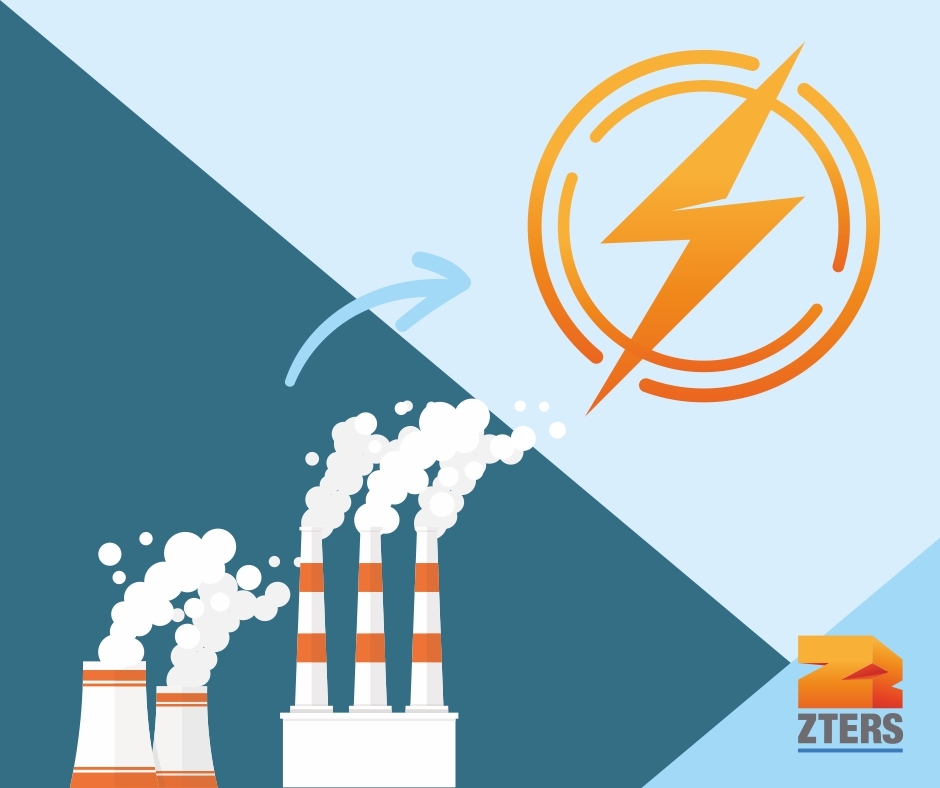Did you know that there are nearly 2,000 landfills in the United States?
As the amount of waste generated continues to soar, landfills are accumulating trash faster than materials can decompose. (Check out our post on how landfills work for more on the subject.)
Methane, a potent greenhouse gas, escapes into the atmosphere, contributing significantly to climate change. However, scientists are innovating new solutions that turn this problem into an opportunity: converting landfill methane into energy.
Here’s a brief rundown on how greenhouse gas emissions can actually become a powerful resource.
Methane Capture and Conversion
Methane is about 28 times more effective than carbon dioxide at trapping heat in the atmosphere. That means that capturing methane is essential for mitigating climate change.
Landfill Gas-to-Energy (LFGTE) systems are designed to do just that. These systems collect methane emissions from decomposing organic waste in landfills and convert it into electricity or natural gas.
LFGTE systems use a network of wells and pipes to extract methane gas from landfills, preventing it from escaping into the atmosphere. The collected gas can then be used to generate electricity on-site, fed into the local power grid, or processed into renewable natural gas.
In other words, this process not only reduces greenhouse gas emissions; it also provides a renewable source of energy.
Real-World Impact & Benefits
LFGTE systems can have a substantial impact and we’re already seeing examples of that. For instance, a 629-acre landfill in Virginia produces enough landfill gas to generate 70,000 megawatt-hours of energy annually. That’s enough to power about 6,700 homes.
These projects have shown that even landfills that have been closed for years can still produce high amounts of methane. This extended lifespan of methane production means that investing in LFGTE systems can provide long-term advantages.
Barriers to Implementation
Despite the environmental benefits, not all landfill operators are implementing LFGTE systems. One major barrier is the high initial cost, which can range from $10 million to $100 million.
Although the Inflation Reduction Act (IRA) offers some tax deductions for installing these systems, it does not explicitly permit the use of Investment Tax Credits (ITC) for LFGTE projects. This limitation restricts the financial feasibility for smaller landfills.
Industry leaders are advocating for changes to the IRA to allow greater flexibility in using tax credits. This would allow more landfills to afford the necessary infrastructure to capture and convert methane. After all, these solutions don’t mean much if they’re too expensive to implement.
The Future of Landfill Gas-to-Energy Systems
Supporting LFGTE projects is not only beneficial for reducing greenhouse gas emissions, it also has the potential for economic returns through the sale of electricity and renewable energy credits.
As the industry pushes for more government support and favorable tax policies, the hope is that more landfill operators will be able to implement these systems—making methane capture a standard practice rather than an exception.
Converting greenhouse gasses from landfills into energy can play a significant role in our transition to a more sustainable future. Check out ZTERS sustainability blog posts for more on how you can lead a more sustainable life.

